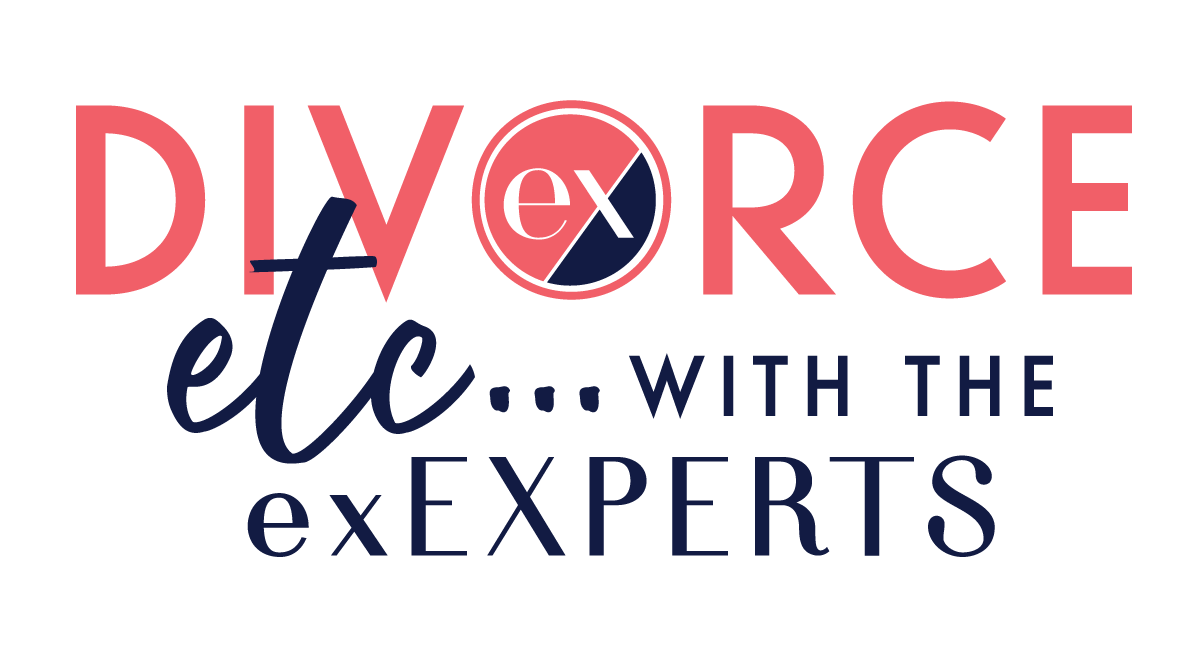
What are our most important stories?
The ones we tell ourselves.
Who is the most influential character in your story?
It’s not your ex, your kids, or even your attorney (though having a good one matters!)
It’s the voice in your own head or what I call your “narrator.”
Most often thought of as an ‘inner critic,’ our inner narrator provides a daily monologue, voicing over our day, judging our behavior, ruminating about the past, and worrying about the future. Even those of us with a perpetually positive outlook can succumb to a negative narration in times of conflict or stress. We look to our inner narrative – our framework of how we view ourselves in the world – to make sense of the story.
Whether you’ve chosen, mutually or exclusively, to end your marriage or had that decision thrust upon you, you’re likely telling yourself a story about the meaning of the event.
Do any of these phrases sound familiar?
“I’m a failure.”
“It’s all my fault.”
“I can’t get through this.”
“I’ll never find love again.”
These inner stories serve as guidance for our future actions. If you want to have external happiness, you have to start by understanding the power of the stories you tell yourself.
Here are five ways to reframe an overly critical or doubting narrator:
-
Question your own narrative
We’ve become so accustomed to the voice in our head that we hardly notice it. We accept our thoughts as truth. So, the first step is simply to seek evidence. If your narrator says such things as “I’m such a failure!” or “I’ll be alone forever,” take a pause to question those statements.
Is it true?
Who says it’s true?
What other truths might I be missing?
If the voice in your head is often your worst critic, consider the opposite perspective. What might your best friend say? What would you say to your best friend in similar circumstances? The space in our heads is valuable real estate. Don’t fill it with unnecessary or unhelpful storylines.
-
Compartmentalize emotion from action
It’s normal to feel disappointed, regretful, angry, or shame. In fact – it’s recommended! Such feelings demonstrate the importance we placed on the situation. By taking a moment to accept what we are feeling – literally naming the emotion – we can separate our intentions and future actions from the emotional weight.
What am I feeling?
How do I want to feel?
What do I need to do to process these feelings and move forward?
Some people need to sit with the sadness. Others seek out inspiration or invite distraction.
However long you need to process the present challenges, get in tune with your feelings. By understanding our emotions, we can move forward with intention.
-
Distinguish Situational Challenges from Personality Flaws
I know so many people with a critical narrator that they often internalize external circumstances. A divorce, in itself, is a circumstance. “I am getting divorced, therefore I am a failure” is a narrative. Why create an overarching character flaw out of a circumstance? Say you spill your coffee all over your new dress. Sounds like a messy situation. It does not mean you’re always a “mess.” Yelling at your kids doesn’t make you a “bad mom,” sleeping in one day doesn’t make you permanently “lazy,” not getting the job doesn’t make you a “loser,” etc. Don’t let your narrator create permanent, unflattering labels based on individual circumstances.
When do I label myself?
How might I think of myself differently?
How do others who love me unconditionally describe me?
A circumstance is a challenge in the current chapter, not the end of the story.
-
Reflect, Don’t Ruminate
The key to getting what you want is often discovering what you don’t. Rather than beating yourself up over something gone wrong, embrace the information as knowledge helpful for the next go-around. Review, reflect, rewrite, renew…. these are all ways to ensure the past story won’t impact the present choices necessary for a better future. But don’t ruminate. Ruminating is simply dwelling in the past without dreaming of the future.
What am I holding onto that needs to be let go?
Which parts of this experience do I want to take with me, and which should be left behind?
Who do I want to be… now?
-
Plan for the optimal outcome
Our lives are like stories, playing out one chapter at a time. Our experiences frame our narrative – our belief system about ourselves and the role we play in the world. We then experience future experiences through that existing narrative lens, which serves as further confirmation of what we believe to be true. It’s as if our past stories are writing the future.
We insist who we are is based on who we’ve been. But what about who we might become?
Start by asking these two questions:
So what?
Now what?
You get to decide what happens next. And you can’t create the next chapter of your life if you’re still clinging to an old or unhelpful narrative.
What do I want to make this mean?
How might I reframe it?
What do I want to happen next? How do I make that happen?
Active authorship means taking what we’ve learned from this last chapter and creating the plot points for the next. We have plenty of hurdles to leap. Why be one of them? Start with the story you tell yourself. Edit out what no longer serves you.
This is YOUR story… what happens next is up to you.
When you’ve grown into a new character, it’s time to start a new storyline.
You have the capability at any given point to say this is not how the story ends.
You have the capability at any time to assess the cast of characters in your story and decide which ones are worthy of a leading role.
You have the capability, as often as needed, to rewrite your narrator – the one whispering in your head – with a voice that better serves you.
This is the power of your story. It’s yours to author.
Now turn the page.
Leave a Comment
You must be logged in to post a comment.










